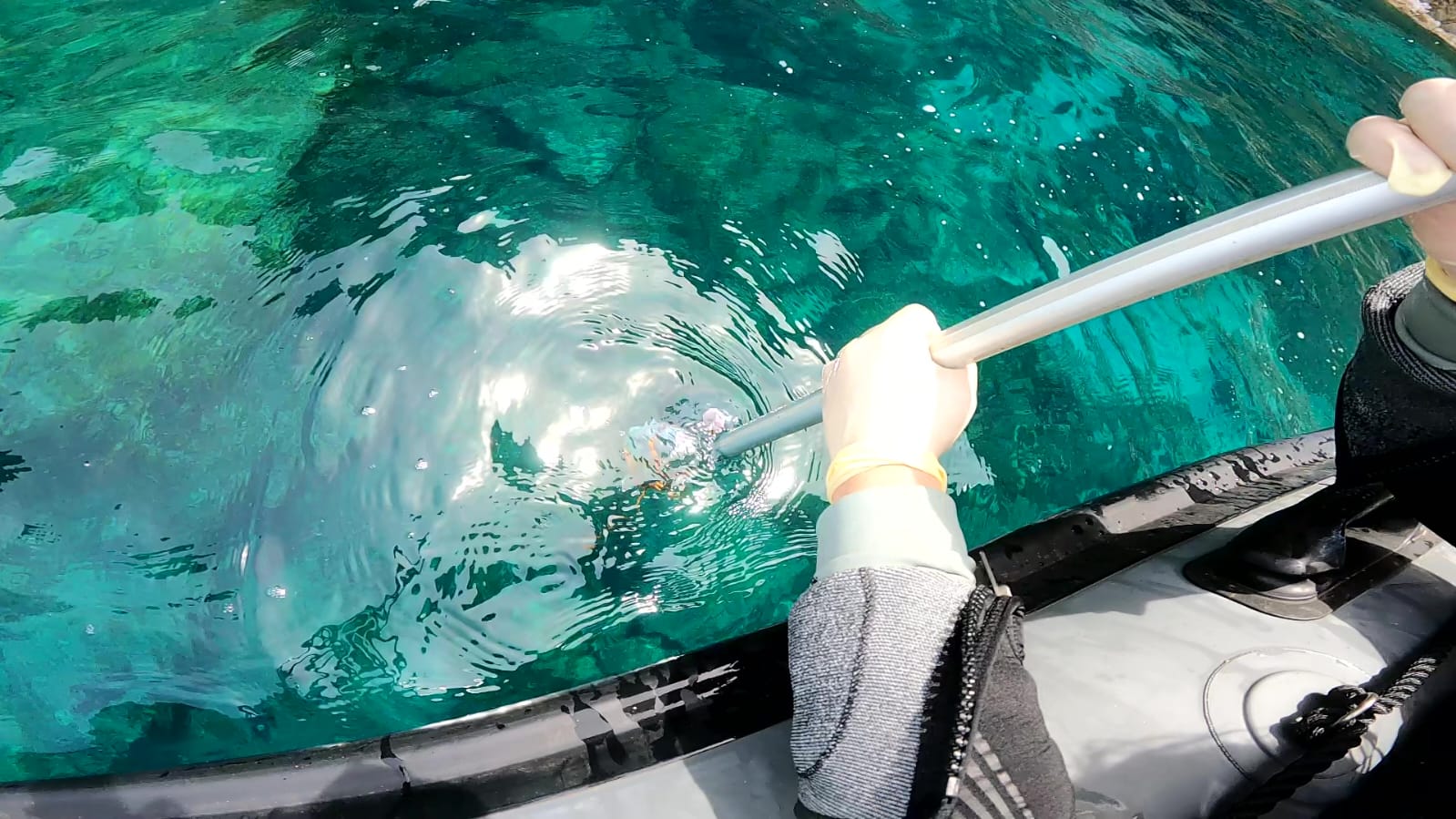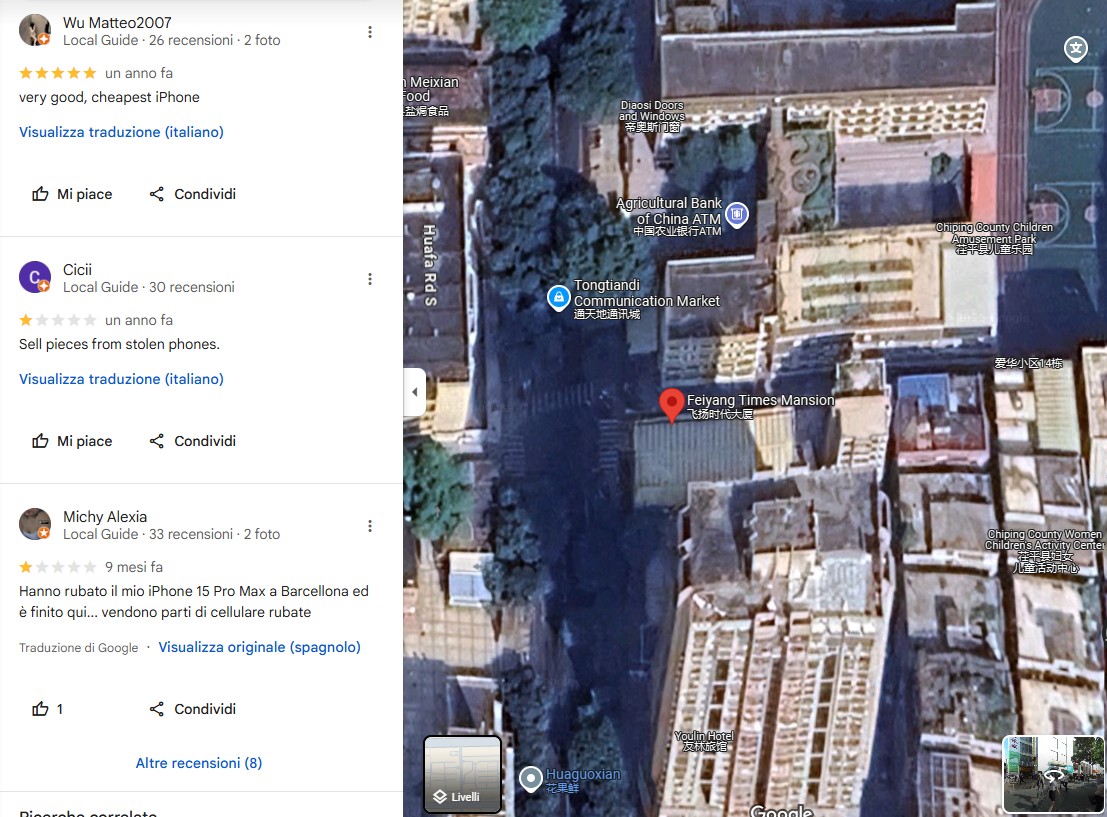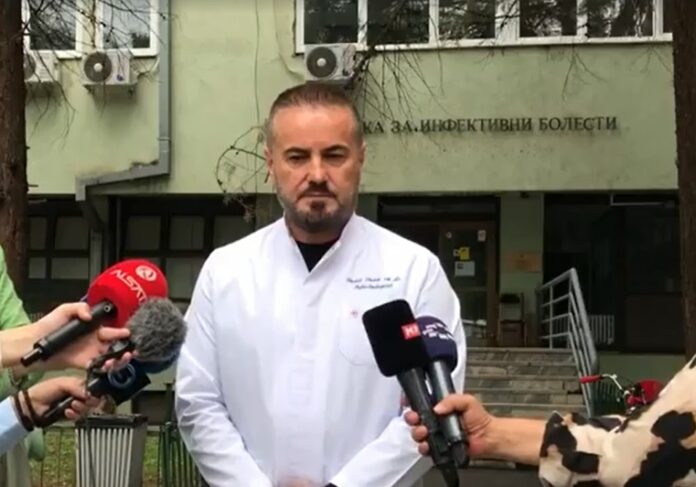From Massa Lubrense to Capri and Ischia: the journey of the Monaca seal in the Gulf of Naples

Ispra and the protected marine areas of Punta Campanella and Kingdom of Neptune invite citizens, boaters and fishermen to report the presence of the animal, without disturbing it. Take the samples for environmental DNA analysis
Four sightings in a few weeks: there Munich seal It reappeared in the Gulf of Naples April 25 in Massa Lubrensein the’AMP POINT CAMPANELLA; the first e May 10 in Capri12 in the Kingdom of Neptune in Ischia. Ispra and Amp Punta Campanella, place of the first sighting, follow the story from the beginning and now, together with theMarine Protected Area Kingdom of Neptune Where the animal was immortalized while hunting and eats a wall in the sea of Ischia, they returned to reiterate the importance of reporting the animal, without however disturbing it. The three institutions are already partner of the European project Life Sea Net, coordinated by Legambientewhich has the aim of monitoring and protecting the marine sites of Natura2000the largest network of protected areas in the world. «We invite all citizens, especially the boasters, fishermen, divinga report any sightings » Of this lonely specimen, which would seem to be the same seen first in Punta Campanella and then in Capri and in the kingdom of Neptune in Ischia. But at the same time – they reiterate – « It is essential not to disturb it in any wayfollow him, approaching him less than 50 meters, annoying him with abrupt noise and movements « , is the appeal launched, clarifying how for the monitoring and protection of the species it is necessary that researchers and institutions learn about the sites that frequent and its movements, in a discreet way.
An invitation to report sightings
In addition to reporting any sightings, also through an app of Citizen Science like that of the project Life Sea.netcitizens are invited to contact the ISPRA for provide further details and validate the sighting Of this mammal, at critical risk of extinction and exterminated by man in recent centuries. The estimates today indicate a population of less than a thousand specimens. «The return to the Gulf of Naples, in particular in protected marine areas and sites Natura2000, demonstrates the effectiveness of protecting large sea areas And it is a naturalistic event of great relevance that requires everyone the utmost attention to this species that had abandoned these places for decades « , observe researchers and protection bodies, which also proceeded to carry out the first samples in the places where the Monaca seal for carry out environmental DNA analysis that can be useful to researchers.
The history of sightings
It is not easy to reconstruct the presence of the nun seal in these sea areas: Suitable already in antiquity by Greeks and Romans, it was widespread in the Gulf of Naples. Ancient Roman authors report its presence in the Caves of Posillipo, while some imaginative interpretations claim that Ulysses’ sirens were nothing but seals. Norman Douglaswhich in 1911 wrote a book on the Sorrento peninsula, Siren Land (the land of the sirens)cites them and also provides for its disappearance. In Capri, just a year later, In 1912, a photograph of what was considered the latest monk of the island was taken at the timekilled on a beach. Past testimonies of old fishermen of the Sorrento peninsula say that until the 1930s -40 of the last century the monk seal was still present in the area, while others in more recent times claim to have spotted it in the bay of Ieranto 50 years ago. Then more nothing, until 2023, when some boaters took it back to the open sea between Capri and Punta Campanella. «Now it is up to all of us, citizens, boaters, sea workers, fishermen, institutions, make sure to protect the species e Leave him the opportunity to live again where he will choose to do itwithout forcing her to disappear once again », is The final appeal of researchers and protected marine areas of Punta Campanella and Kingdom of Nettuno.








